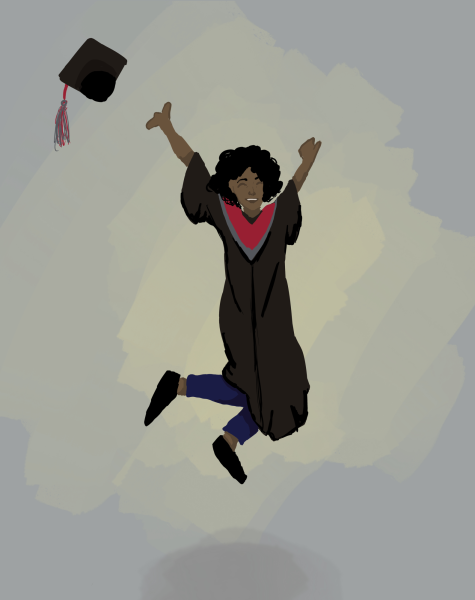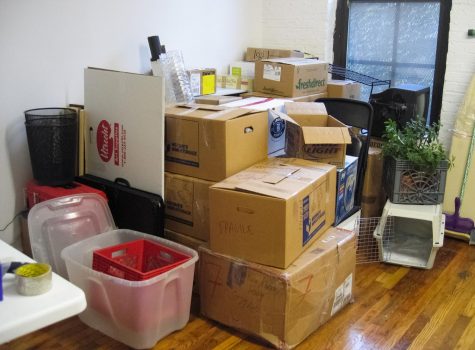Weeding out inspiration
April 18, 2014
The other night I was woken up at 1 a.m. to screaming. I walked outside of my back door and looked into my neighbor’s back yard. No one was hurt, but they were just really stoked about passing a blunt.
As I walked outside of my front door this morning the potent smell of ganja filled my nostrils. It is looming in the air all around this town. With the latest talk of Pullman becoming the new hotspot for weed dispensaries this has got me thinking about the connection between music and the herb.
Marijuana has been an inspiration for tunes throughout the century spanning across all genres: rock, pop, hip-hop, and obviously reggae.
Even Louis Armstrong, the first jazz genius, blazed up every once in a while. Although he’s not a musician, Steve Jobs reported to have regularly smoked marijuana saying it made him feel extremely relaxed and way more creative. He also said he was thankful for the positive experiences the drug had in his life.
“Because I Got High,” “Colt 45,” “Legalize It,” “Sweet Leaf”—many of us are familiar with these classic stoner tracks by Afroman, Peter Tosh and Black Sabbath. We could sit all day over coffee, or another substance, and rattle off songs back and forth that mention or are solely dedicated to marijuana.
So what is the connection between music and drugs? Does taking a few hits here and there improve creative abilities?
First, let’s take a second and look at the science behind this commonly used drug.
According to The Journal of Clinical Psychiatry, the human brain produce a neurotransmitter called anandamide. The name is derived from a Sanskrit word “ananda” which actually means bliss or delight. This chemical regulates eating, motivation, and pleasure.
The chemical structure of THC (a major chemical component of marijuana) is extremely similar to this natural neurotransmitter. Marijuana hyper-stimulates this part of the brain, affecting mood, cognitive process, learning, and memory.
This high from this overstimulation of the brain has often been used as a treatment or medicine for people who struggle with anxiety, depression, insomnia, and other psychological disorders.
Because of its ability to reduce anxiety there are many freedoms that one can feel while high and in turn express oneself in ways that soberly may not occur. A certain creativity that Steve Jobs spoke of can be accessed.
In fact, when Bob Dylan introduced The Beatles to the many benefits marijuana, Paul McCartney said that for the first time he was really thinking. He was quoted saying “I remember asking Mal, our road manager, for what seemed like years and years, ‘Have you got a pencil?’ But of course everyone was so stoned they couldn’t produce a pencil, let alone a combination of pencil and paper.”
There is an overwhelming number of artists who have attributed their creative abilities to the help of certain drugs—cannabis being most common.
I could easily quote The Beatles’ “With A Little Help From My Friends” right now, but we all know the words and it goes without saying.
Legal or not, marijuana has been praised for its medical usage and creative assistance, and I believe it will continue regardless of what new information will come out.
Whether it’s true or not, there is a stigma attached to the use of this drug that well-recognized people swear by. What if “The White Album” had never been written and produced. What if Louis Armstrong never saw his wonderful world? Or what if Apple Inc. had never been thought of? These are people that many in society look up to as big influencers admitted to the reliance of a substance that at the time was illegal.
Ultimately, when we look at the scientific and psychological effects of the drug and the outcomes of people’s work, we see a pattern of creativity and genius.
Marijuana just might be increasing creativity as it is causing the blood to flow into the frontal lobe. This is the muse many a man has succumbed to and will continue to. However, a word to the wise: You can get instantly creative and instantly happy, but please don’t drive or operate machinery.
















